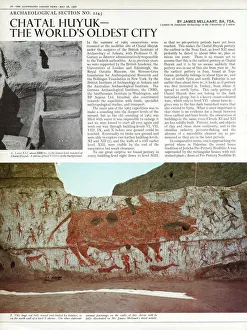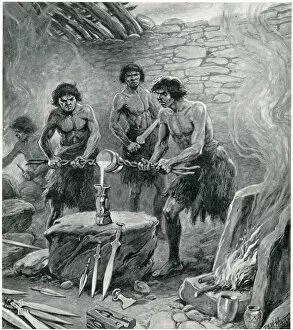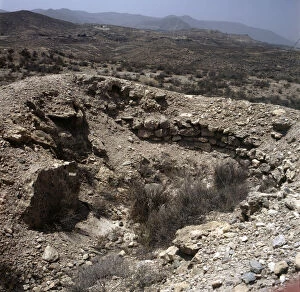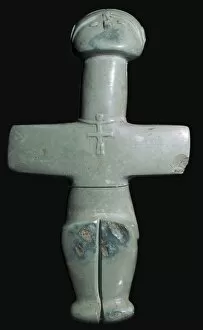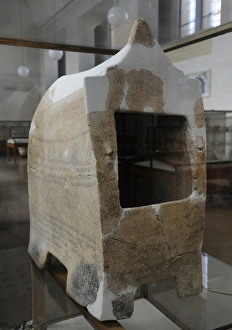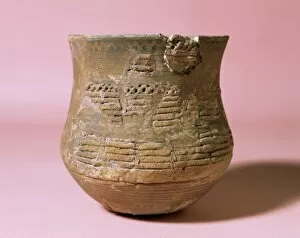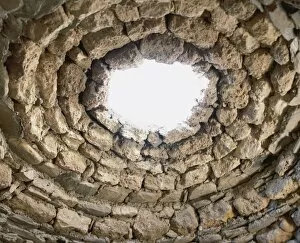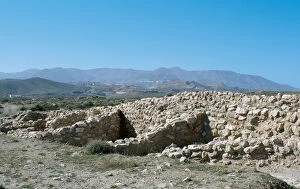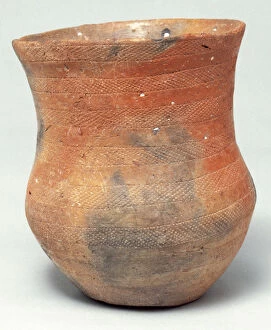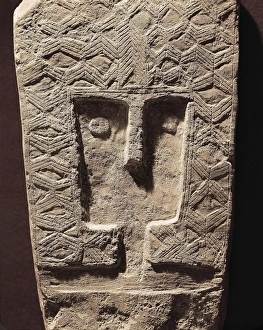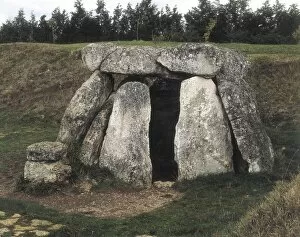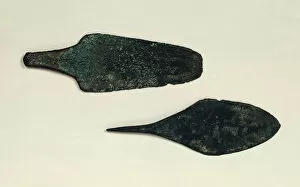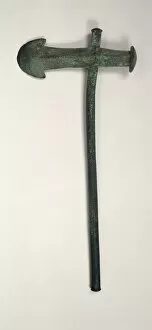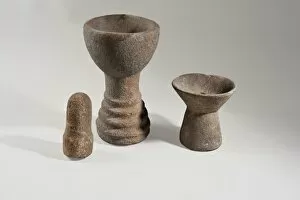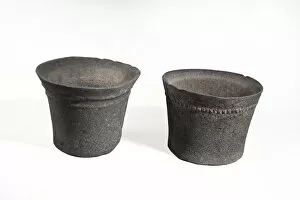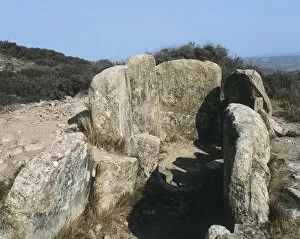Chalcolithic Collection
The Chalcolithic period, also known as the Copper Age, marked a significant transition in human history
All Professionally Made to Order for Quick Shipping
The Chalcolithic period, also known as the Copper Age, marked a significant transition in human history. It bridged the gap between the Neolithic and Bronze Ages, bringing about important advancements in technology and societal structures. One notable site from this era is Catalhoyuk (Catal Hoyuk and Catal Huyuk), an immense Neolithic settlement located in modern-day Turkey. This archaeological marvel provides valuable insights into ancient urbanization and communal living practices. In contrast, a scene at a Bronze Age foundry reveals the mastery of metalworking during this time. Arrowheads with peduncle and fins made of flint showcase the precision craftsmanship employed by these early metallurgists. Similarly, copper artifacts like daggers and biconical punches highlight their expertise in working with this new material. Moving to Spain, we encounter fascinating remains such as the steatite idol dating back to the 31st century BC. This intricately carved figurine exemplifies religious or symbolic beliefs prevalent during that period. Another intriguing find is a clay ossuary shaped like a house discovered in Haderah. Used for secondary burials, it sheds light on burial customs practiced by Chalcolithic communities. Exploring further into prehistory, we come across vessels from the Bell Beaker culture during the Bronze Age. These beautifully crafted objects found at Aiguafreda provide evidence of cultural exchange and artistic expression within ancient societies. Inside circular tombs at Los Millares lies evidence of advanced funerary practices during Spain's Copper Age. These burial sites offer glimpses into social hierarchies and rituals performed by these early civilizations. Megalithism was another prominent feature of this era, as seen through ruins at Santa Fe de Moillares. The massive stone structures constructed here demonstrate architectural prowess combined with spiritual significance. Prehistoric art flourished during this time too; one example being anthropomorphic stelas that served as sculptures.

